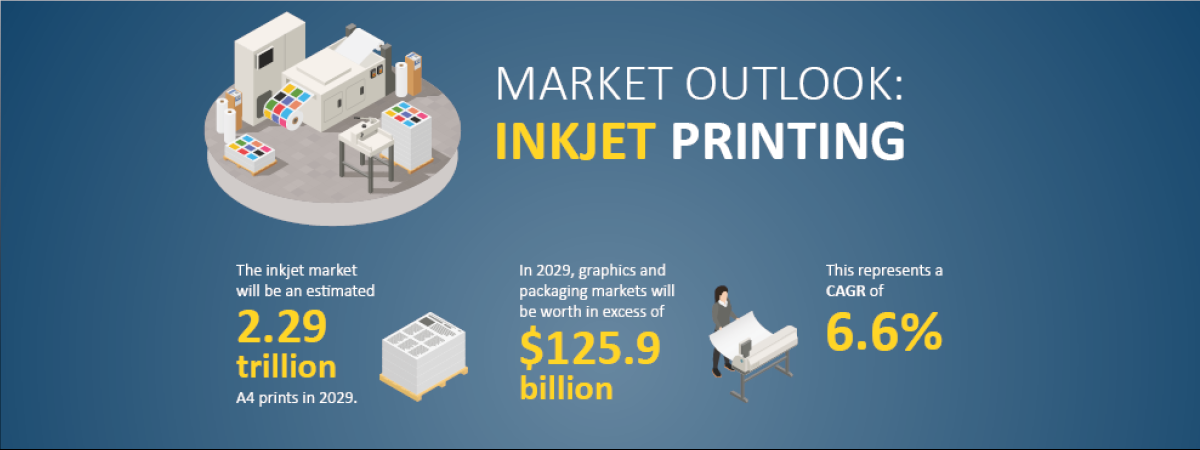1 October 2002
Total Exclusion Zone
The Printing Industry is a pressured place, with estimates and purchase orders flying between supplier and customer with only the briefest of glances to check the costings and the type of product ordered. Other matters are left unsaid, or it is hoped that standard terms and conditions will cover them. After all, that’s the point of standard terms - they prevent the process slowing down, and keep the flow of orders running smoothly - but be prepared, when things go wrong you cannot always rely on your standard terms to get you out of trouble.
For a start, your terms may have been superceded by your customer’s. Did their purchase order have their terms printed on the back? And was that the last document received by you before work began? If so, you may be bound by their terms which are likely to be more favourable to them.
Standard terms often include very widely drafted clauses excluding liability, and I often have to disabuse members of the view that they are therefore fully protected by their standard terms from any claim of, for instance, loss of profit. Whilst that is certainly a correct negotiating position, it does not automatically follow that a court will accept that exclusion of liability as reasonable.
A business’s standard terms and conditions are governed by the Unfair Contract Terms Act (UCTA). This allows a court to look at your standard terms and ask itself whether they are reasonable. Usually the clauses under the spotlight are exclusion clauses trying to limit a party’s liability as set out above. Anyone with any legal knowledge is aware of the difficulty in trying to interpret that seemingly innocent word – “reasonable”. The courts have invented a person against whom they measure this test – he is a slightly interfering know-all who is always prepared to give his opinion - described in legal circles as the “officious bystander”. In the court’s view, if this character would consider a particular clause unreasonable, then it probably is.
There is much litigation on this point, particularly in the world of IT, and recent cases have largely been unfavourable towards the party relying on the exclusion clause. In St Albans City and District Council - v - International Computers Ltd, ICL relied on their standard terms, including an exclusion clause limiting compensation to £100,000. ICL had supplied a system for the collection of the community charge, and its defects put the Council to a great deal of expense. The court decided the exclusion clause was unreasonable and awarded the Council a huge £1,314,846.
Some exclusion clauses are patently ridiculous. In the case of Pegler Ltd - v - Wang, a clause that would protect Wang from their own misrepresentation was not allowed. Probably any officious bystander could have told them that!
So how can you know that an exclusion clause will be considered reasonable by the courts? It will depend on the facts of each case, but some key points were made in the case of Watford Electronics Ltd - v - Sanderson CFL. In this case, two clauses were in issue. The first limited Sanderson’s liability to the amount paid by Watford for their product. The second excluded any claim for “indirect or consequential losses”, eg lost profits or potential
savings on operational costs.
Under the contract, Watford were due to pay £104,596 to Sanderson. Watford’s claim was for £5.5 million, which included increased working costs and the costs of not having the system.
In the High Court Sanderson lost, but the Court of Appeal overturned the decision and found that the exclusion clauses were valid because:
a) They were not part of a standard terms contract. The clauses had been individually negotiated.
b) There was an equal balance of power on both sides. Experienced businessmen undertook the negotiation and both were negotiating from a position of strength.
This makes sense as standard terms are not closely studied by the parties before every transaction. Therefore a very wide exclusion clause can be slipped in without the other party ever noticing and having a chance to object. It is only fair therefore that a court should apply a reasonableness test. But the court should be much less ready to interfere in a contract which has been carefully negotiated between the parties.
For day-to-day dealings your standard terms are helpful in keeping things running smoothly. But if you consider that a particular job holds particular dangers with regard to liability, you would do well to bring your exclusion clauses to the attention of the customer before any binding contract has arisen. You may also want to consider specific clauses negotiated for specific jobs in order to ensure your protection.
 Intergraf Economic News (Paper Prices) - March 2024
Intergraf Economic News (Paper Prices) - March 2024
18 March 2024
Access the latest edition of the Economic Newsletter for the European Printing Industry for data on paper consumption, and pricing data for pulp, paper and recovered paper. Data for packaging papers and board is also available with this edition.
 UK to follow global expansion of inkjet printing
UK to follow global expansion of inkjet printing
21 March 2024
The latest expert analysis from Smithers identifies the potential of the latest generation of inkjet systems to improve profitability across the global print market. Read more about the new report The Future of Inkjet Printing to 2029.
The BPIF is the printing industries champion. By becoming a member you join a diverse and influential community. We help you solve business problems, connect you to new customers and suppliers and make your voice heard in government.
Call 01676 526030









